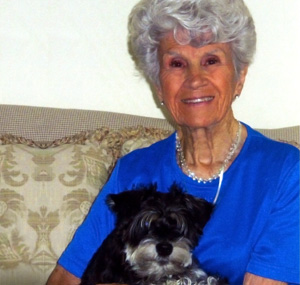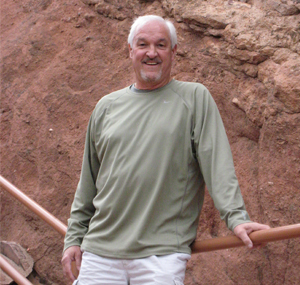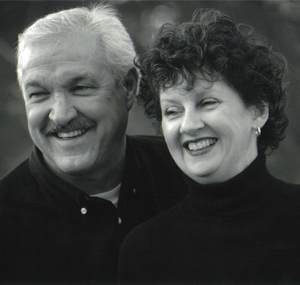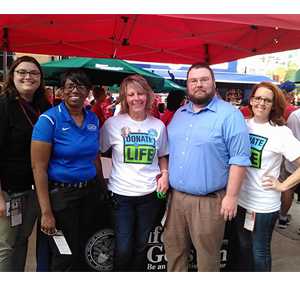
Saving Sight Partners with Community to Increase Donor Designation
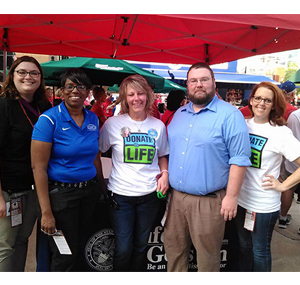
Saving Sight, Donate Life Team Illinois, Life Goes On and Mid-America Transplant at the Cardinals/Cubs baseball game on September 13.
Saving Sight partners with local community events, health fairs and hospitals to increase donor designation through local donor designation drives. While 95 percent of Americans are in favor of being a donor, only 52 percent are registered. Donor designation drives help bridge the gap and allow Saving Sight to educate individuals about eye, organ and tissue donation and provide the community with resources to make the best decision for themselves and their family in regards to donation. In September, Saving Sight held several of these events throughout our service area.
Saving Sight teamed up with the Kansas Lions Sight Foundation to have a booth at the Kansas State Fair September 9-18. Saving Sight’s Hutchinson, Kan. office staff Heather Britain, Amber Simmons and Samantha Christenson took turns during the 10 days of the fair, along with local Lions Club volunteers, to man the booth that was part of the Lions Mobile Screening Unit. “What we as staff enjoyed the most was getting to talk to recipients and their families, donor families and even a transplant surgeon about all the positive things about donation they have encountered,” said Heather Britain, partner relations coordinator.
At the Washington County Memorial Hospital 22nd Annual Washington Health Fair on September 10 Richard Hamilton, partner relations coordinator for Saving Sight, raised awareness about Saving Sight and the community vision programs we offer and educated attendees on the importance of eye, organ and tissue donation.
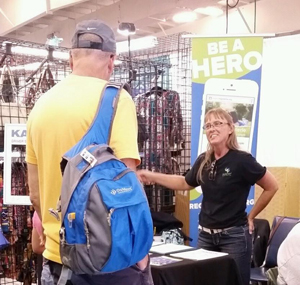
Amber Simmons of Saving Sight shares about donor designation at the Kansas State Fair.
Saving Sight also joined Donate Life Team Illinois, Mid-America Transplant and Life Goes On at a donor designation drive at the Cardinals and Cubs game on September 13 to educate and increase donor designation with baseball fans. In addition to the organizations being represented, a heart transplant recipient, a donor mother and a kidney recipient also volunteered to speak with those who approached the booth, sparking conversation and questions among attendees.
Hosting donor designation drives at these different events helps educate those in different population groups throughout our service area and allows us to work with groups who have similar missions for promoting the positive impact of organ donation.
Nationally, nearly 120,000 men, women and children are awaiting organ transplants and each organ donor has the potential to save up to 8 lives and enhance the lives of up to 50 people. You can join the millions of Americans who have registered to be donors by signing up at registerme.org. Visit donatelife.net for resources to help spread the Donate Life message or to learn how you can host an event to register donors in your community.
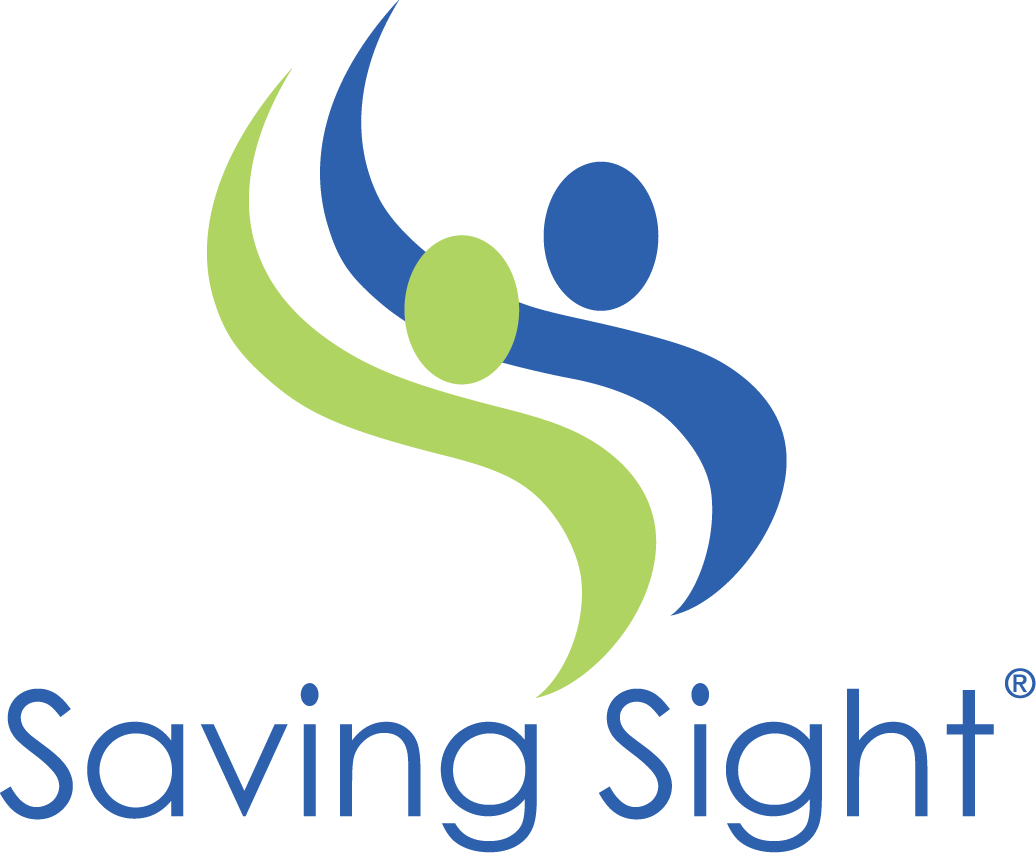
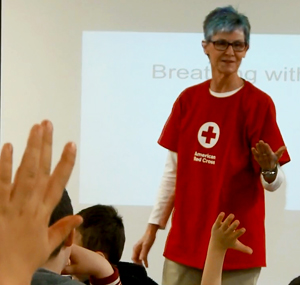
 For over 30 years, Barbara has made a difference in the lives of her students, first as an elementary public school teacher and later at the university level where she trained elementary, early childhood and special education educators to teach children at the most important times of development. At the heart of all she does is a passion for learning and education. Barbara is also an avid Mah Jongg player, enjoys making jewelry and loves to read. Now retired, Barbara continues to change lives by teaching university courses online and through her volunteerism with the American Red Cross.
For over 30 years, Barbara has made a difference in the lives of her students, first as an elementary public school teacher and later at the university level where she trained elementary, early childhood and special education educators to teach children at the most important times of development. At the heart of all she does is a passion for learning and education. Barbara is also an avid Mah Jongg player, enjoys making jewelry and loves to read. Now retired, Barbara continues to change lives by teaching university courses online and through her volunteerism with the American Red Cross.
 When Barbara was in her early 40s, her ophthalmologist identified that she had Fuchs’ dystrophy. Her doctors monitored the deterioration until it progressed to the point she needed a transplant. Barbara had an endothelia keratoplasty on her left eye in March 2015 and on her right eye in August 2015. An endothelial transplant replaces the deeper layers of the cornea and does not require stitches. Her transplants were both successful and Barbara is recovering well.
When Barbara was in her early 40s, her ophthalmologist identified that she had Fuchs’ dystrophy. Her doctors monitored the deterioration until it progressed to the point she needed a transplant. Barbara had an endothelia keratoplasty on her left eye in March 2015 and on her right eye in August 2015. An endothelial transplant replaces the deeper layers of the cornea and does not require stitches. Her transplants were both successful and Barbara is recovering well.